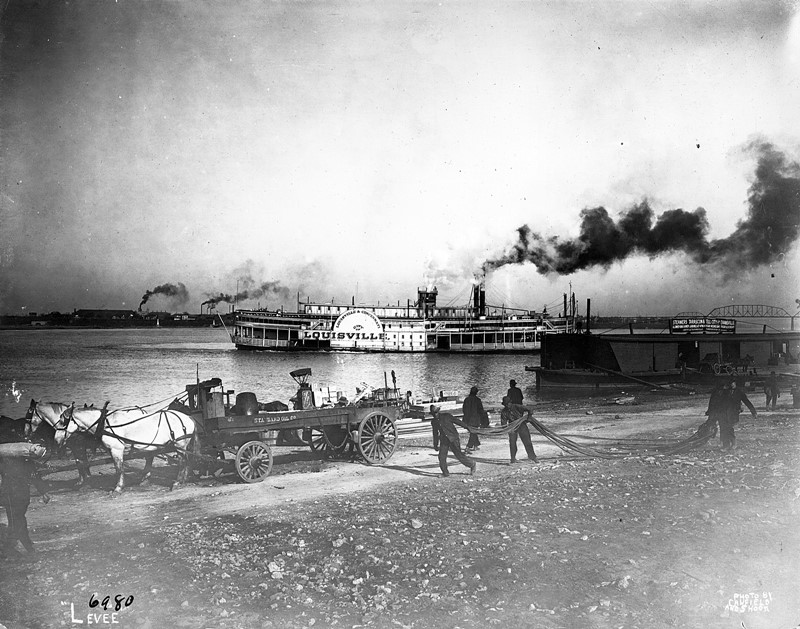
Steamboat and wagon on the waterfront, Louisville, Kentucky, 1913.
From the Caufield & Shook Collection, University of Louisville Archives & Special Collections.
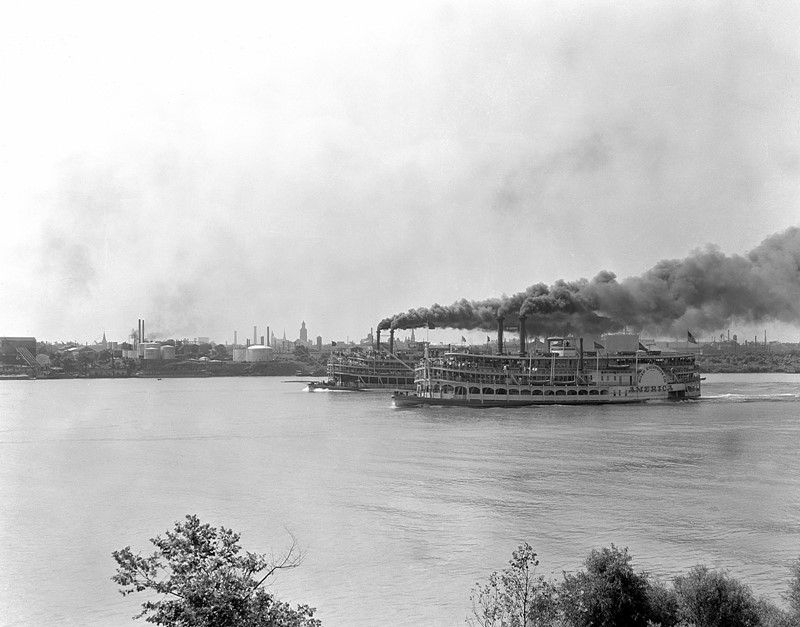
Steamboat race, Louisville, Kentucky, 1928.
From the Caufield & Shook Collection, University of Louisville Archives & Special Collections.
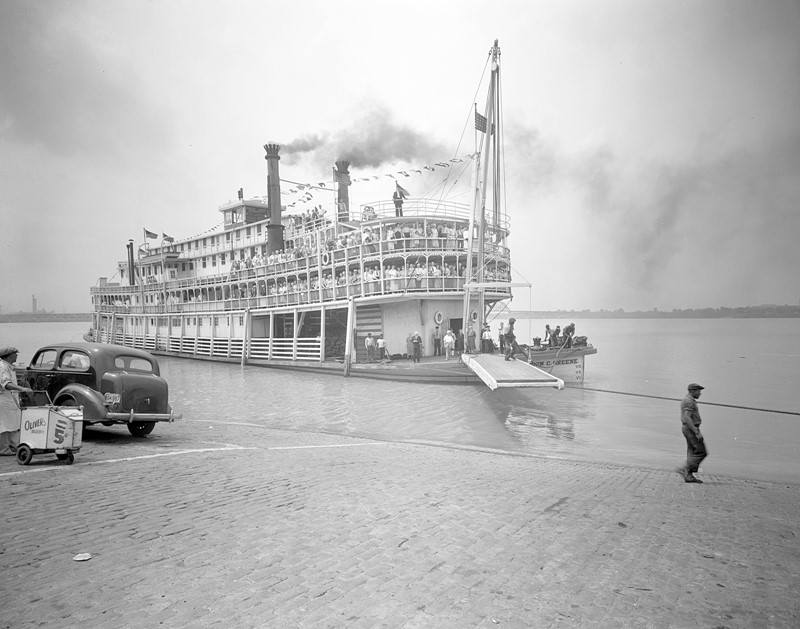
People aboard the Gordon C. Greene steamboat, Louisville, Kentucky, 1938.
From the Caufield & Shook Collection, University of Louisville Archives & Special Collections.
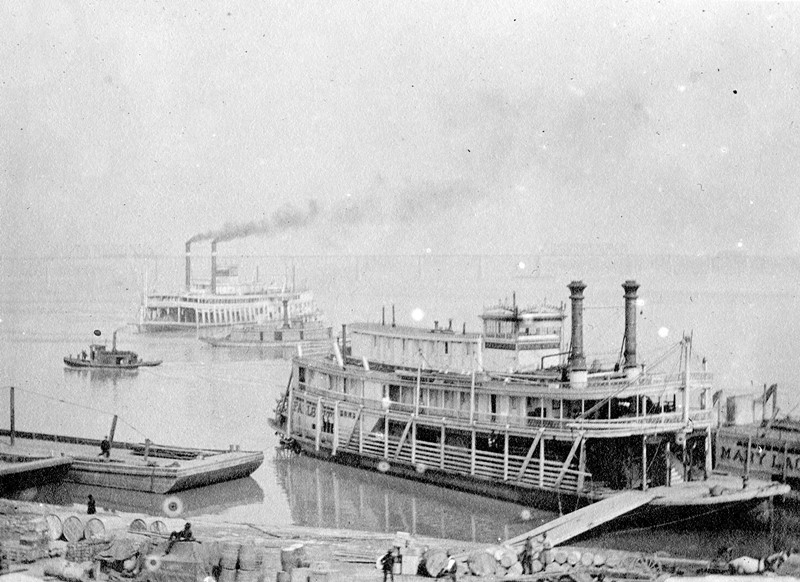
Falls City steamboat, Louisville, Kentucky. The bridge in the distance is the Panhandle Bridge/Pennsylvania Railroad Bridge.
Item 1998.11.411 in the Furnas Family Album Collection, University of Louisville Archives & Special Collections.
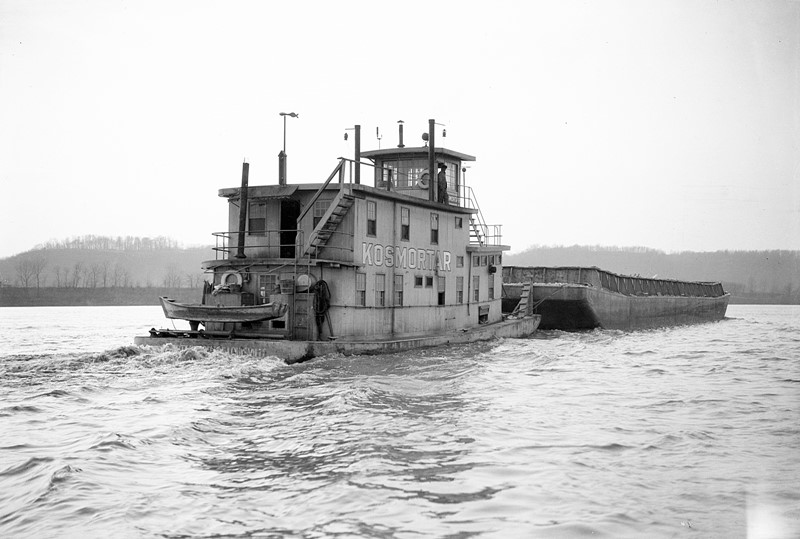
Kosmos Cement barge on the Ohio River, Louisville, Kentucky, 1928.
From the Caufield & Shook Collection, University of Louisville Archives & Special Collections.
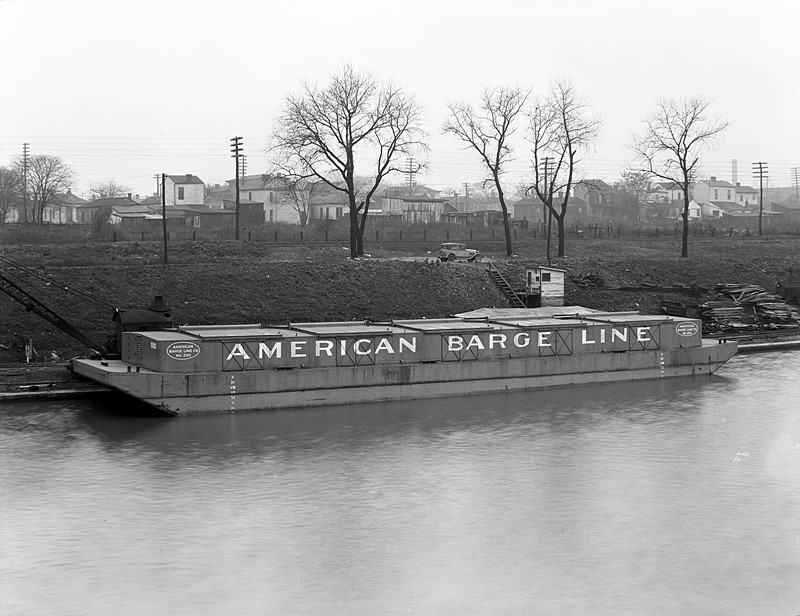
American Barge Line Number 200 barge, the Ohio River, 1929.
From the Caufield & Shook Collection, University of Louisville Archives & Special Collections.
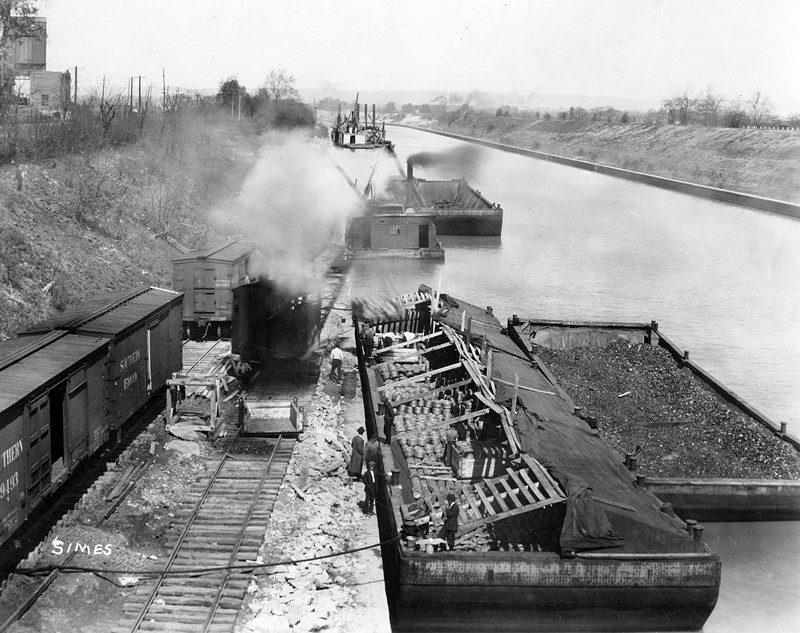
Barges at Portland Canal, Louisville, Kentucky, 1923. The Louisville and Portland Canal bypassed the Falls of the Ohio on the Ohio River, allowing more ships carrying goods to navigate the river. The two-mile canal was completed in 1830.
From the Herald-Post collection, University of Louisville Archives & Special Collections.
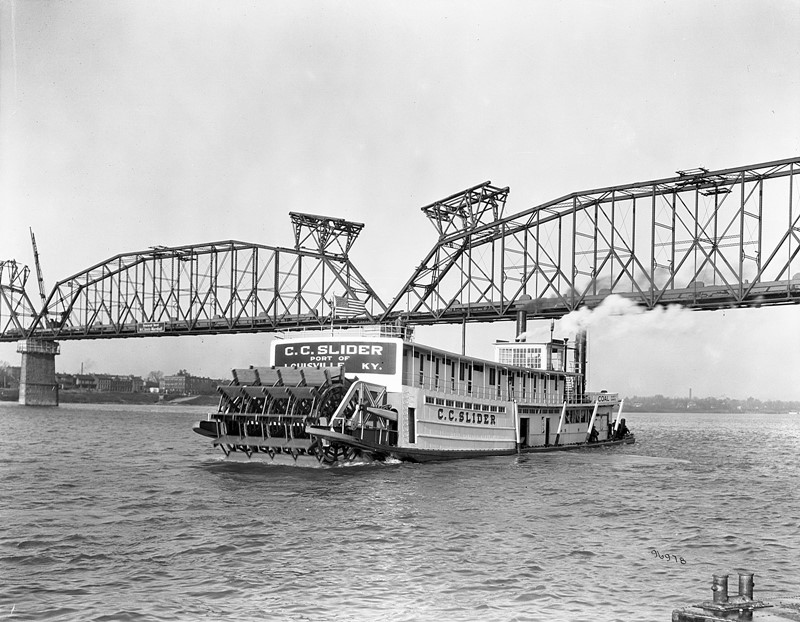
C.C. Slider towboat, 1928.
From the Caufield & Shook Collection, University of Louisville Archives & Special Collections.
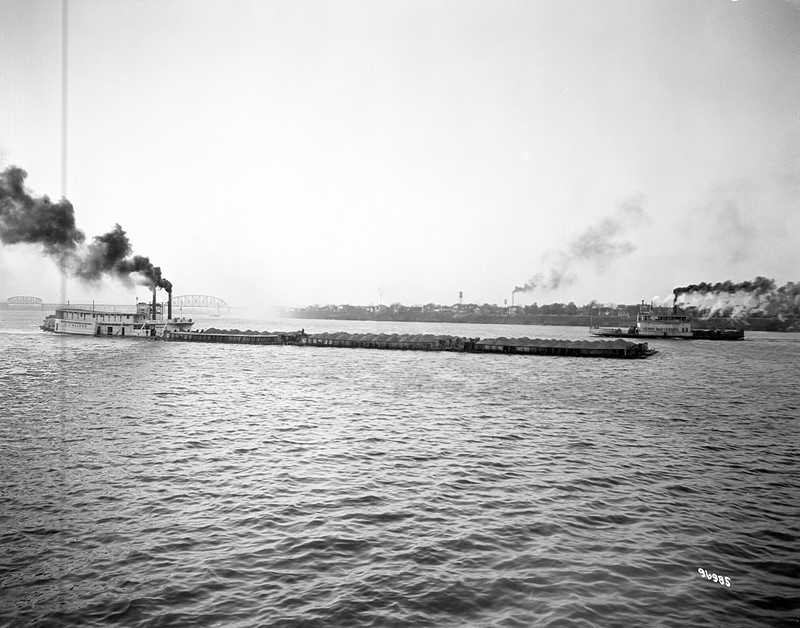
C.C. Slider towboat, 1928.
From the Caufield & Shook Collection, University of Louisville Archives & Special Collections.
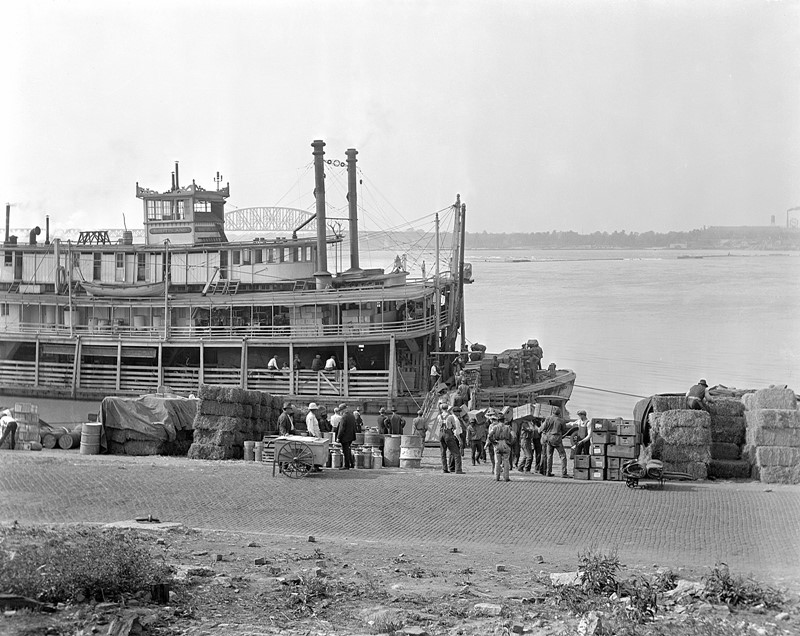
Southland docked on the waterfront in Louisville, Kentucky, 1926. Stevedores unload crates and barrels along the gangway and brick pathway from a boat docked at the waterfront in Louisville, Kentucky.
From the Caufield & Shook Collection, University of Louisville Archives & Special Collections.
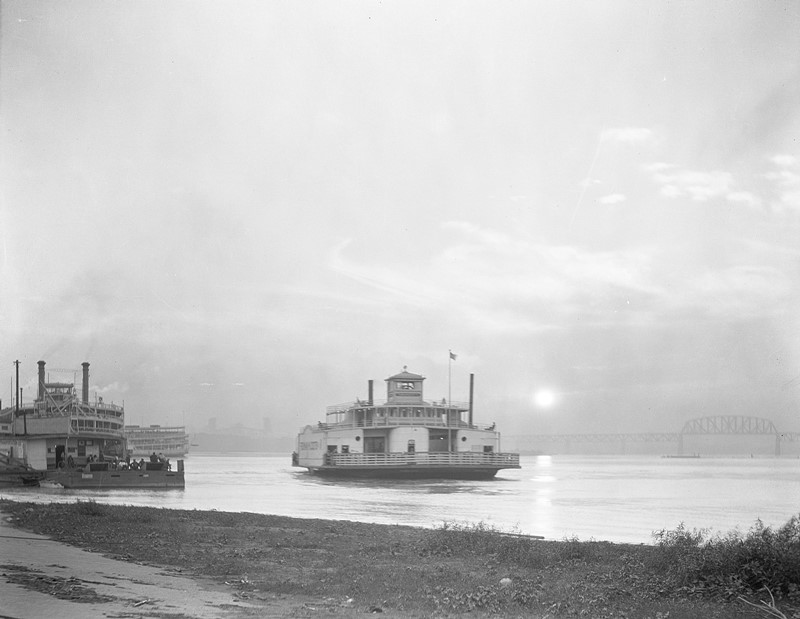
Froman M. Coots Ferry, the Ohio River, Louisville, Kentucky, circa 1927.
From the Caufield & Shook Collection, University of Louisville Archives & Special Collections.
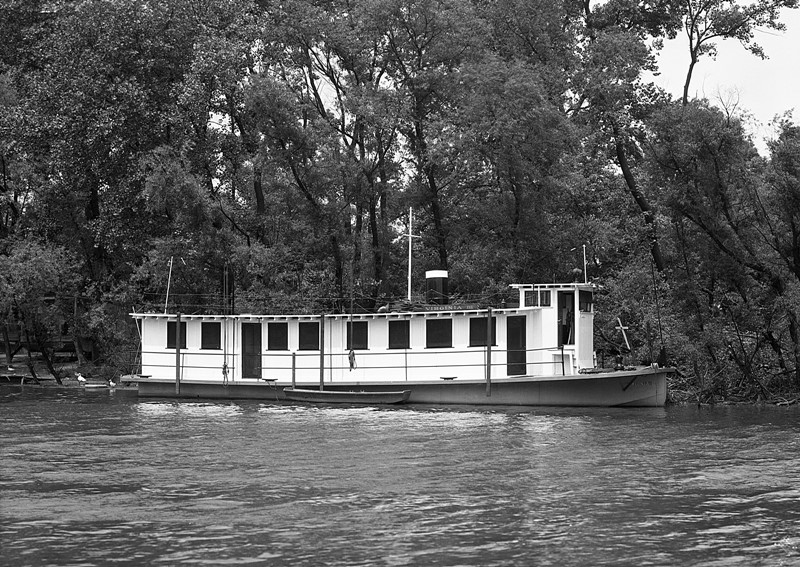
Virginia III, a steam yacht, docked on the Ohio River, Kentucky, 1930.
From the Caufield & Shook Collection, University of Louisville Archives & Special Collections.
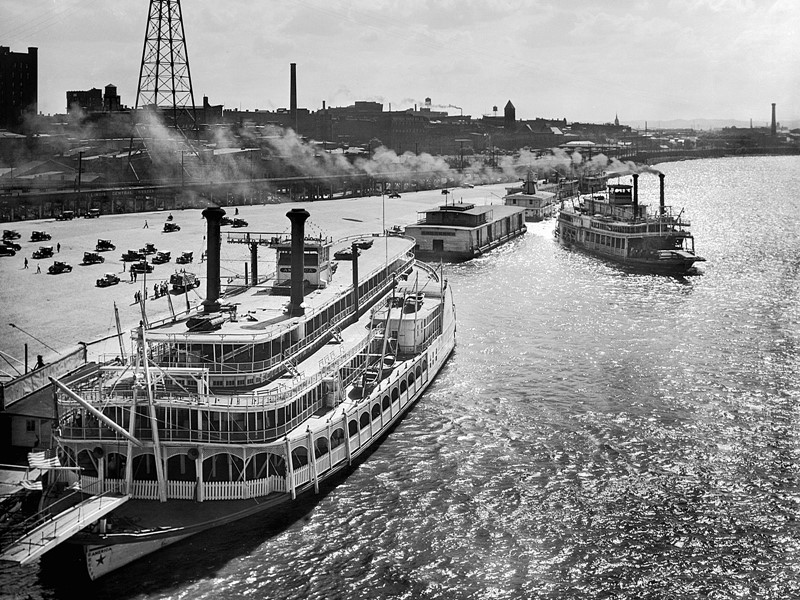
Boats on the waterfront, Louisville, Kentucky, 1930. One of the steamboats is the “America.” The Coast Guard station can also be seen.
From the Caufield & Shook Collection, University of Louisville Archives & Special Collections.
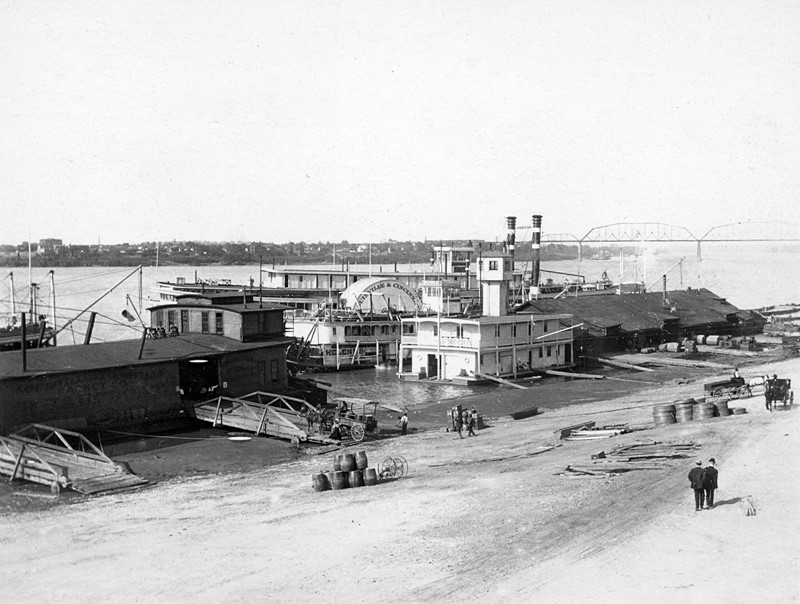
Busy dock on the Ohio River, Louisville, Kentucky, 1907. The larger of the two boats is the City of Cincinnati steamboat which traveled daily between Cincinnati, Ohio and Louisville, Kentucky. The Big Four Bridge is in the background.
From the A.W. Terhune Collection, University of Louisville Archives & Special Collections.
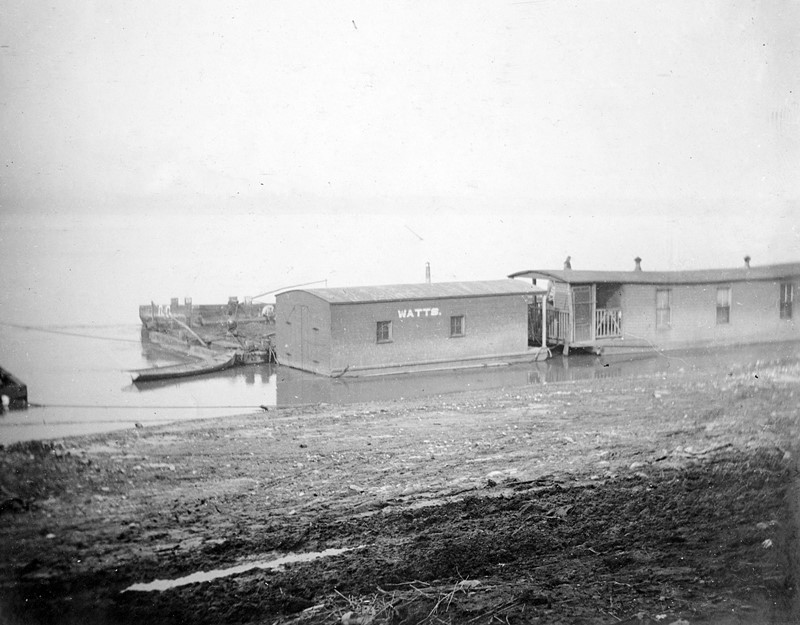
A small houseboat with a floating shed on the shore at Louisville, Kentucky.
From the Furnas Family Album Collection, University of Louisville Archives & Special Collections.
Sections:
Louisville
Section 3. TransportLouisville was founded on river transportation. The Falls of the Ohio create a natural impediment to navigation, meaning that boats that pass through cannot simply pass by. In early days, they had to portage; now, they must pass through the locks. Steamboats arrived on the Ohio in 1811. Here, as on the Mississippi, they took on their distinctive “double-decker” design in order to accommodate machinery that would not fit in the shallow hull required to navigate these sandbar- and snag-filled waters. The 20th century brought hard-working, if less attractive, barges. Other boats, including ferries and towboats, have also played a role in getting goods and people down -- and across -- the river. As steamboats gave way to barges, ferries gave way to bridges, and portaging gave way to canals and locks. But Louisville is as it has been: an inland port city.